Why is the moon still not owned by the Americans?
Conspiracy theories against the god of light
Apollo - this is how the ancient Greeks called their god of light. But for many, this word is associated primarily with the program of American manned flights to the moon. For some reason, many people think that the United States landed on a satellite of our planet only once. In fact, the United States completed six successful landings. During recent expeditions - Apollo 15, Apollo 16, and Apollo 17 - the Yankees even brought a Lunar roving vehicle with them. This is such a bulky jeep. Many probably saw him in pictures and photos.
In 1972, when the last landing took place, it seemed to ordinary Americans that the Moon would forever become the "property" of the United States. The question, of course, is not possession of its surface (legal aspects are a separate and very difficult topic). It was just then that it was popular to represent lunar colonies and even cities, which would dot the surface of the satellite by the year 2000. All this, as is known, did not happen. Instead of beautiful fantasies, in December last year we received the “Directive No. 1” signed by Trump. It talks about the very vague plans of the United States to fly again to our satellite. The moon again became the number one target, NASA's Martian ambitions were again sacrificed.
But why the United States all this time did not fly to the moon? After all, there was tremendous experience and Technology. According to the conspiracy theorists, the reason is simple - the United States came up with everything. Like, there were no flights to the moon, and all the evidence obtained is fake. We will not understand in detail now that such a point of view is absurd. However, it is worth noting that the Americans themselves came up with the Lunar conspiracy: they conditionally believe that its author is a certain Bill Casing. In 1976, he published the book "We Never Were On the Moon." Casing also published the book “How to Live on One Dollar a Day” and a number of other “priceless” works for science. In turn, Soviet cosmonauts, including Alexei Leonov, as well as scientists from the USA and the USSR, were always sharply skeptical against the Lunar conspiracy.
Prestige is more expensive than money
It is difficult to describe the feelings that Americans experienced in the USSR in the early 60s. The Soviet Union at that time could boast not only the first manned flight into space, but also the first artificial Earth satellite in history. And the Soviet Luna-2 became the first station in the world to reach the surface of a satellite. For many Americans, the confrontation with the USSR (or, at least, its space component) seemed forever lost. But not to NASA specialists. While overseas politicians We needed a symbol of superiority over the Communists, and they got it to the full extent: after the successful implementation of the Apollon program, the Soviet space industry was forever in the role of catching up. Excluding, perhaps, everything related to multimodular orbital stations.
The success cost the Americans very, very expensive. According to NASA’s curator of the site’s history, Steve Garber, the final price of the Apollo program ranged from $ 20 to $ 25,4 billion by 1969 standards. Or about 140 billion by modern standards. For comparison: now NASA's annual budget is $ 20 billion. However, any person already understands that the amount spent on flights to the moon is literally astronomical. Probably someday it will cost so much the salvation of all mankind from any global cosmic threat. Another case in which the USA will be able to make such expenses in the future is a clear understanding of the incredible benefits that such an investment will bring. Moreover, the profit should be multiple and almost guaranteed. Finally, the third option - a large-scale space project can be financed by the leading countries of the world together. One example is the International Space Station. Although the ISS, recall, is often criticized precisely for its cost.
The moon is not needed?
Not to say that the Apollo missions were useless, on the scientific side. If during the first expedition 20 kg of lunar rocks were collected, then during the last expedition - 110. On the other hand, it is quite obvious that from the point of view of the benefits for science, all this was not worth the money spent. It was possible to explore the moon with the help of interplanetary stations and automatic lunar rovers. Critics will object that the experience gained during human landings is invaluable when it comes to creating a full-fledged lunar colony. And they will be absolutely right. On the other hand, it can be said with almost complete certainty that now there is no urgent need for such a colony. As it was not before. Both the United States and the Soviet Union had enough weapons on Earth to guarantee the destruction of each other. A base on the moon would not fundamentally change anything.
It is noteworthy that the exploration of the moon was partially "torpedoed" by NASA astronauts. Sami, of course, not wanting to. The samples they collected showed that the content in the moon dust of the light elements that are needed to maintain life support is relatively small. But not everything is so simple. The Earth’s satellite has iron, aluminum and titanium. Helium-3 is also the lighter of the two stable helium isotopes. The moon, which has no atmosphere, retains significant amounts of it in the surface layer. According to some estimates, up to 2,5 million tons. It is assumed that lunar reserves can be used for thermonuclear fusion and provide earthlings with energy for thousands of years to come.
By the way, Russia really wanted to become a pioneer here. “We are talking now about the thermonuclear energy of the future and a new environmental type of fuel that cannot be obtained on Earth. It is about the industrial exploration of the moon for the extraction of helium-3, ”said the then head of RSC Energia Nikolai Sevastyanov in 2005. However economic difficulties that flared up especially after 2013 “cut their wings” to almost all of Russia's lunar ambitions. Now the extraction of helium-3 on the moon is definitely not a question of tomorrow. And not even the day after tomorrow. Is it worth it to worry about? Probably not. Settlement is one thing, and technical and financial risks are another. Even assuming that money for the development of lunar resources would be found, it is not a fact that as they were extracted, new difficulties would not be revealed.
There will be no new race
Summarize. American astronauts did not land on the surface of the moon after the Apollo program was completed for several reasons:
- The giant price of manned expeditions to the moon;
- Victory over the Soviet Union in the lunar (in the broad sense - space) race;
- The lack of acute scientific indispensability to send a person to the surface of a satellite;
- Risks of a technological nature. The danger of the death of the colonists.
The only thing that during the Cold War could push the Americans to a new landing on the moon is the new incredible success of the Soviet Union. However, then it would probably already be about Mars. Now the United States has again set its sights on the moon for one simple reason: there are simply no other real goals for the American space program. The Apollo program was replaced by the Space Shuttle program. Now there is no Apollo, no Space Shuttle. And they want to abandon the ISS around the mid-2020s.
Here it is necessary to clarify: the Americans want to get not so much on the surface of the satellite as on its orbit. For this, NASA, together with partners, intends to build a new Lunar Orbital Platform-Gateway orbital station, where people will live, but the crew will be smaller than on the ISS. In theory, this station can be used for landing on the moon itself, and even as a “port” for the exploration of Mars, although plans in this direction are very vague and have not yet been determined. It must be assumed that the further progress of the Lunar Orbital Platform-Gateway will pose new challenges that will most likely be solved without Russia.
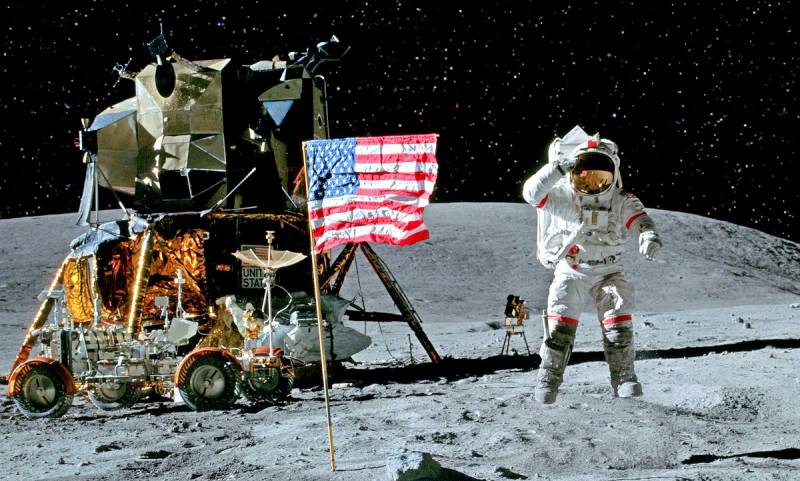
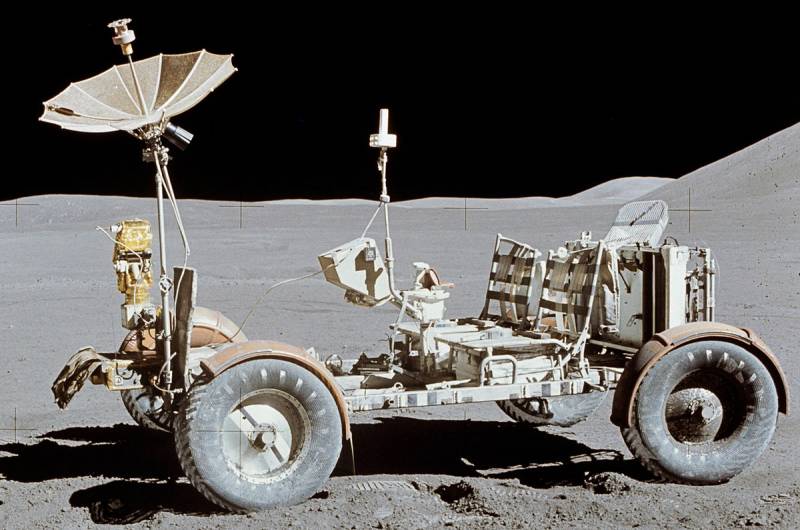
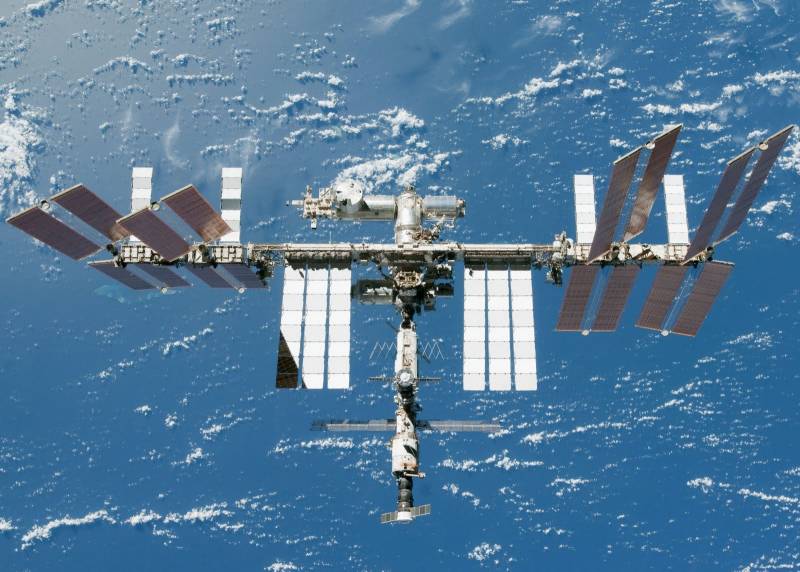
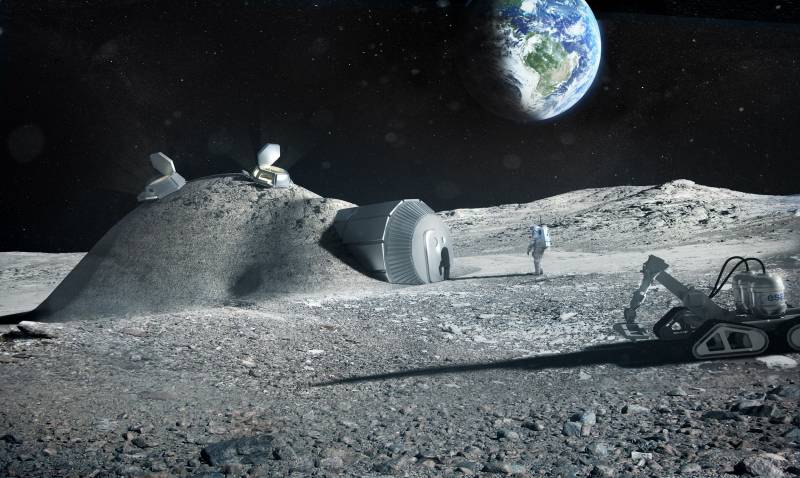
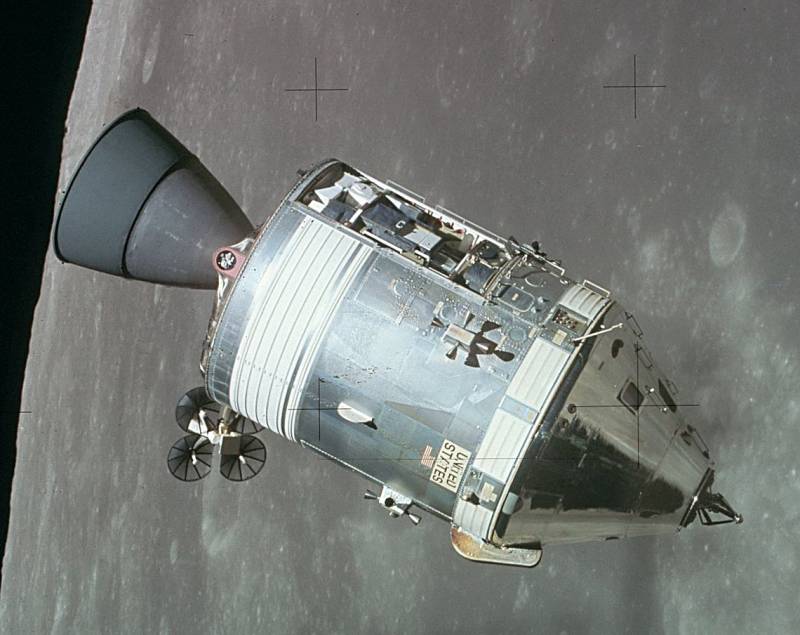
Information